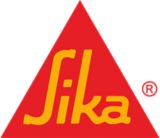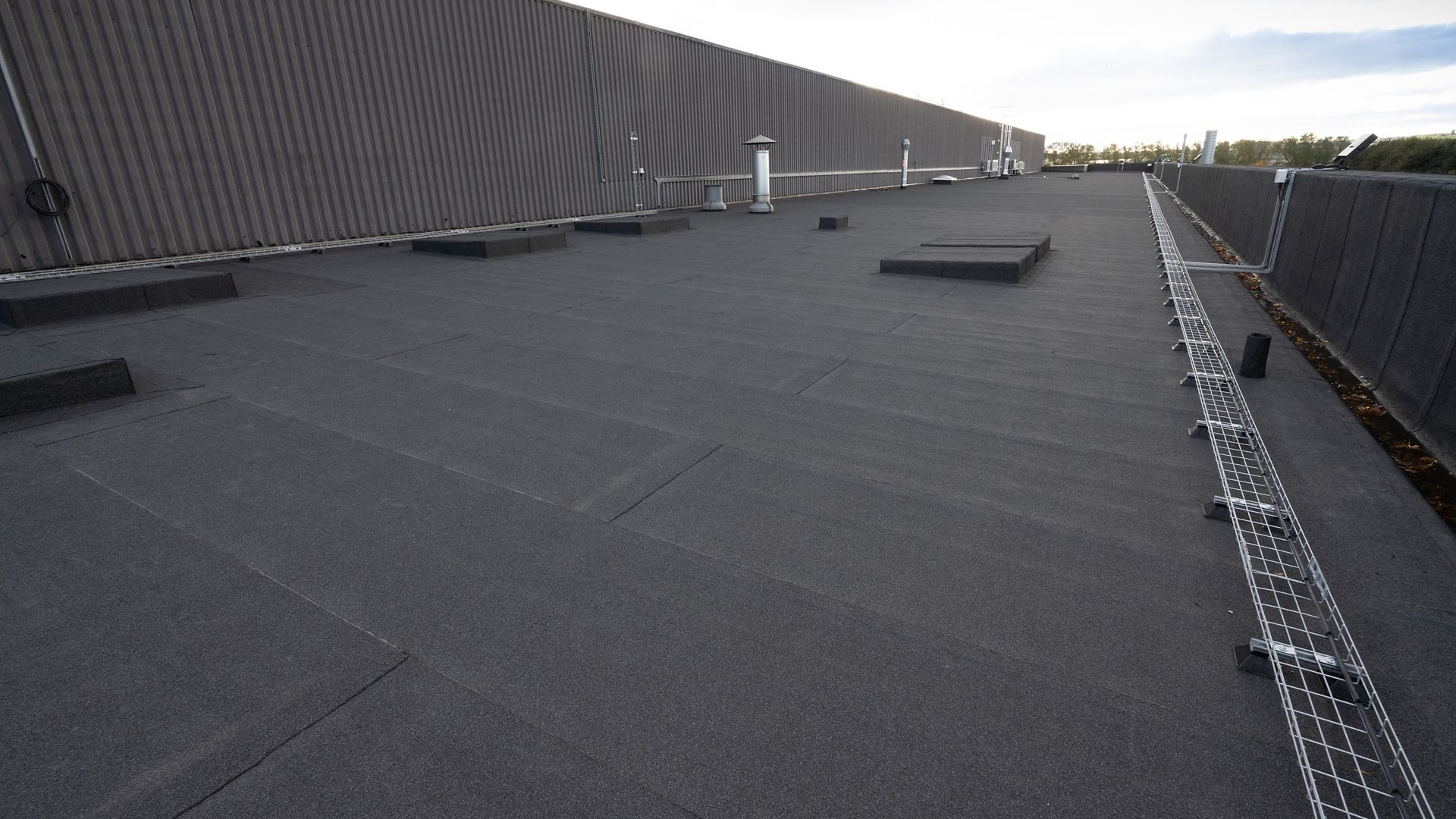SikaShield® - Bituminous membranes to suit a range of applications for flat roofs, decks and podiums
Roof structures are regularly exposed to environmental factors such as UV radiation, temperature fluctuations, and precipitation, which may contribute to material degradation over time. The roof plays a key role in protecting internal spaces and occupants, and its performance is dependent on appropriate design, installation, and maintenance in line with relevant industry standards.
Reinforced bituminous membranes are commonly specified for use in flat roofs, green roofs, terraces, balconies, and podiums, where a tested and verified waterproofing layer is required.
SikaShield® reinforced bituminous membranes are fully bonded to the substrate, forming part of a roofing system designed for durability and verified performance.
Features and Benefits
SikaShield® membranes are available in a range of system configurations to meet defined project design and specification requirements.Each membrane incorporates a tailored blend of polymers and reinforcement types to deliver specific material properties—such as cold flexibility, heat resistance, and compound stability—validated through testing in accordance with EN 13707:2004+A2:2009.These characteristics support the waterproofing performance of the system under a range of temperature and environmental conditions, including exposure to wind, snow, and hail.
The SikaShield® range includes membranes with plain or mineral finishes to support specific application needs. Smooth finishes promote effective bonding of subsequent layers, while mineral granules contribute to surface durability and resistance to environmental factors such as UV exposure.
Safe2Torch Compliant
Safe2Torch is an NFRC campaign to promote best practicewhen designing and installing roofs. The guidelines clearlyexplain roof areas where it is not safe to torch. These include:
- Timber roof decks and roof areas with timber upstandsor timber fillets
- Hanging tiles
- Thatched roofs
- Rooflight kerbs and upstands
- Cladded areas
- Lantern rooflights
- Window sills
- Any confined space
The guidelines also caution against the use oftorch-applied systems where there is any possibility thatthe flame could ignite concealed flammable materials ininaccessible areas, such as:
- Louvered vents, air ducts, intakes and outtakes
- Timber, DPC, or sarking membranes beneath fixed metalcapping systems
- Existing kitchen extraction plant that is coated in oils or fats
- Flammable wrapping to trunking or ducting
- Existing metal or plastic copings or cappings
- Existing vulnerable plastic curbs, domes or pipes
To comply with Safe2Torch guidelines, hot air applied or self-adhesive membranes must be used on any areas within 900mm ofthese high-risk locations, and a correct installation technique must be used in order to guarantee the safety and security ofinstallation teams, occupants, and the building fabric.
Bituminous Roofing Products
Sika Reinforced Bituminous Roof Systems - Assessed in accordance with the Code for Construction Product Information (CCPI)
SikaShield® Pro systems have been awarded the CCPI mark, indicating that the product information has been independently verified against the 11 Clauses of the Code for Construction Product Information. This recognition supports greater transparency and helps specifiers access clear, accurate, and reliable information when selecting systems for both new build and refurbishment projects.
Build-Up of SikaShield® Bituminous Membranes
The combination of all these layers can offerthe membrane a variety of qualities bychanging the heat resistance, flexibility, viscosity, softness and mechanical resistance.
Inverted Roof Build Up of SikaShield® Hot Melt Structural Waterproofing
Typical Application Areas for Bitumen
Flat Roofing
Terraces
Podiums
Green Roofs
Types of Bitumen Roof Technologies
Torch-applied Bituminous Membranes
Main Uses
- Exposed roof areas
- Inverted roofs under protective layers of ballast
- Balconies and terraces
- Protection of various substrates in a wide range of applications
- Green roofs
Advantages
- Fully-bonded system
- Weather-resistant – tested to EN 13707: 2004
- Supports routine maintenance
- Resistant to mechanical damage and puncture – tested to EN 13707: 2004

